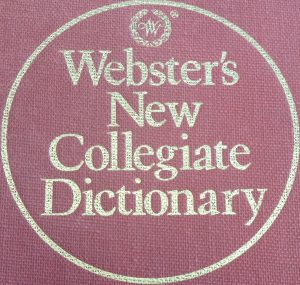New Terminology

The latest:
“Fake News.” Fake news websites (also referred to as hoax news) deliberately publish hoaxes, propaganda, and disinformation — using social media to drive web traffic and amplify their effect. Unlike news satire, fake news websites seek to mislead, rather than entertain, readers for financial, political, or other gain.
“Alternative Facts.” The term was first used by presidential counselor Kellyanne Conway describing the information stated by new White House Press Secretary Sean Spicer regarding the size of the crowd at the recent presidential inauguration. In the family of “misremembering,” it seems to be a contradictory term. According to Merriam-Webster, “Fact is a piece of information presented as having objective reality.” And, according to NBC’s “Meet the Press” host Chuck Todd, “Alternative facts aren’t facts, they are falsehoods.”
The Public Relations Society of America is none-too-happy about it.
And let’s not forget one of the old words that appears to be making a comeback. I went to my old study guide for the PRSA Accreditation exam to find this:
Propaganda: Messages specifically designed to shape perceptions or motivate actions that an organization wants. The word was coined in the 17th century by the Roman Catholic Church and originally meant “writing to propagate the faith.” The word took on negative connotations in the 20th century and is usually associated with lies, deceit and misinformation.
Propaganda devices:
- Glittering generalities (broad statements)
- Name calling (vilify opponents)
- Transfer (guilt by association)
- Bandwagon (everybody’s doing it.)
- Plain folks (anti-elitism)
- Testimonials (Cite a celebrity, an authority figure or “plain folks” to endorse a cause)
- Card stacking (one-sided arguments)
I sincerely hope we’re not going to see these beauties any time soon.
“Misinformation”
“Spin”
“Flack”

